There are several varieties of wasps in North America, including the yellow jacket, hornet and paper wasp. Colour ranges from black to combinations of black with yellow, white or brown markings. The slim, winged body measures 10 to 19 mm (l/2″ to 3/4″). All wasp species have chewing mouth parts and the females possess a stinger.
The wasp colony consists of queens (fertile females), workers (sterile female), and males. In late summer the queens and males mate; the males and workers die off and the fertilized queen over winters in a protected site. In the spring the queen collects materials from plant fibre and other cellulose material and mixes it with saliva to construct a typical paper type nest.
Wasps are very protective of their nest and though they will use the nest for only one season the nest can contain as many as 10,000 to 30,000 individuals. Wasps are considered to be beneficial because they feed on a variety of other insects.
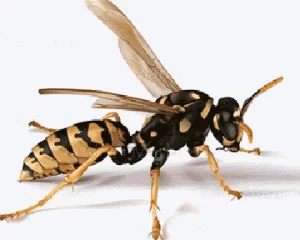
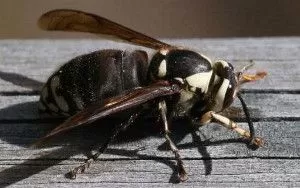
The Bald-Faced Hornet (it’s called a hornet but it’s really a paper wasp) makes a blue-grey nest often the size of a soccer ball. Often found suspended from a tree branch but also can be found underground.
The European Hornet is the only “True Hornet” species in Ontario they have not been reported to be seen in Saskatchewan or in the Canadian Prairies. They are very strong fliers and are most active at night. The nest is similar to a Bald-Faced Hornets nest but is a brown colour. Nests are often built into wall voids or buildings.
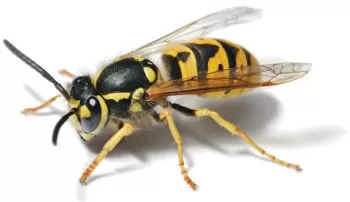

Yes. A wasp sting, aside from being very painful can prove serious and sometimes fatal. If you suspect a reaction to a wasp sting, report to your nearest hospital immediately.
Only the queens and workers possess an ovipositor (egg-laying tube) which forms the stinger, normally the stinger is used to kill prey on which wasps and their larvae feed, but will use it on animals and man if provoked.
No. Since they feed on flies and other insects they are considered beneficial. However, because they are attracted to sweet substances such as fresh fruit and juice, their presence can prove to be a nuisance.
During summer and early fall months when workers are foraging for food.
Wasps are most active during the daylight hours.
Nests can be found around buildings on verandas, under eaves, ceilings, attics or in trees and shrubs. Several varieties of wasp build nests under ground.
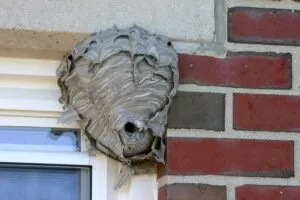
The queen (female reproductive) lays all the eggs. Most eggs develop into sterile workers. Late in the season, the queen produces eggs which develop into queens who over winter and establish nests the following spring. An average of 1,000 to 3,000 eggs laid per nest which hatch and develop on daily basis.
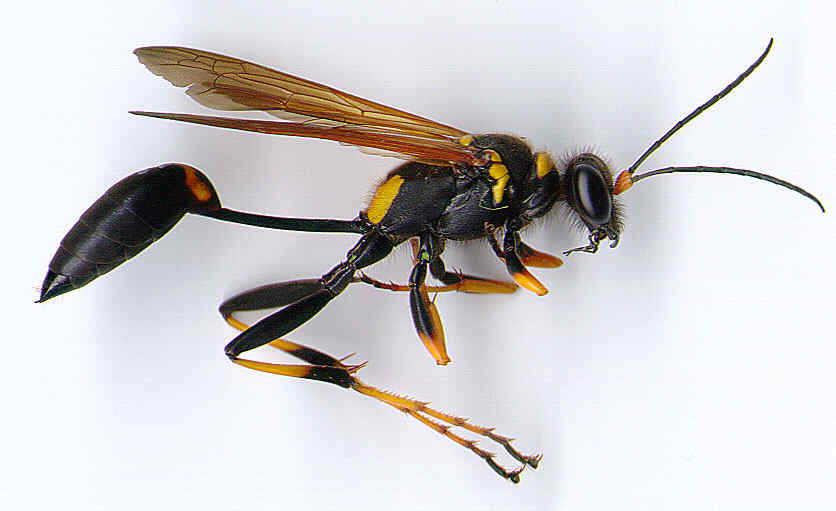
Yes. Only the new queens survive the winter while the rest of the colony dies off when weather becomes cold. The queen over winters under loose bark or in crevices. They will lay eggs in the spring to start a new colony.
Yes. An abnormally cold, wet spring or hot, dry summer can have an effect on the size of a wasp colony.
Yes. Whenever possible try to eliminate fallen fruit from trees and refuse which will attract wasps. Sealing holes and other potential sites may help prevent nesting. Once a nest is established do not seal the hole until after treating and there is no more activity.
We have products specifically developed for the control of pests such as wasps. Due to the potential danger from a wasp sting, it is advisable to contact a professional.